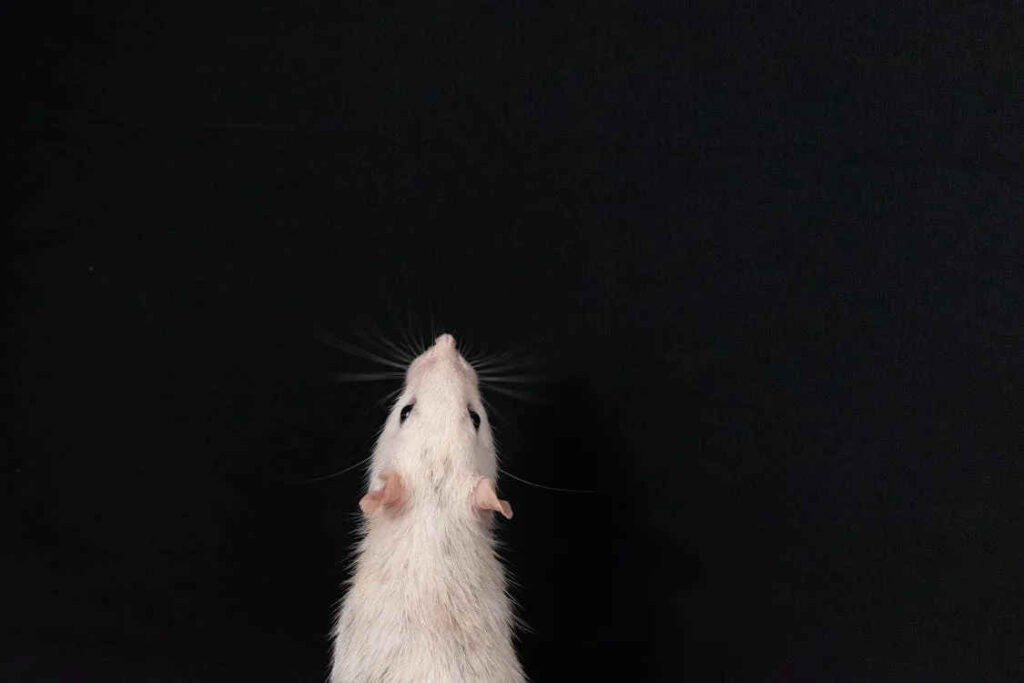Cellphone radiation has led to changes in the brain tissue of lab rats.
Controlled exposure to the 5G radiation spectrum has resulted in changes to the brain tissue of laboratory rats, according to a team of scientists from Tomsk State University (TSU) in Russia.
Ever since the introduction of 5G cellphone infrastructure, there have been concerns about its potential health effects. The International Agency for Research on Cancer has classified the 5G radio frequency electromagnetic field (RF-EMF) as a “possible” human carcinogen, but no conclusive research has emerged either way.
“We decided to find out what the effect of non-ionizing radiation is on rodents of different ages,” Natalia Krivova, lead researcher at the TSU’s Biology and Biophysics Research Institute, said in a statement this week.
TSU scientists experimented on male Wistar rats, preferred by scientists for having similar reactions to external stimuli as humans. They tested three different age groups: 5-6 week old rats (corresponding to human adolescents), 10-11 week old (human adults age 40 and up) and rats aged 17-18 weeks (humans 65 and older). All were exposed to RF-EMF frequencies for five weeks, which is equivalent to about four years of human lifespan.
The study showed no outward changes between the rats exposed to the radiation and the control group.
“However, a more detailed study of the rats’ brain tissue after exposure to the 5G antenna revealed a significant change in the ratio of antioxidants and oxidants,” Krivova said.
It is still unclear whether the changes will lead to positive or negative changes in the rats’ cognitive abilities, or whether their bodies will somehow compensate for the disruption, she added, calling for further research into the subject.
The Tomsk study represents the first time scientists have been able to measure the radiation absorption rate on caged rodents, according to the university. The TSU radiophysics team led by Professor Sergey Shipilov designed the 5G antenna for the experiment, and a team led by postgraduate student Ramdas Mazmanazarov developed a method for measuring the absorption rate. Their work was published earlier this year in the journal Applied Sciences.
The study was part of the International Electromagnetic Field Project, initiated by the World Health Organization (WHO) to obtain science-based and objective answers to questions of public concern about the possible health risks from 5G electromagnetic fields.
According to Krivova, the next stage of research is intended to study female rats and investigate how 5G radiation might affect their offspring, if funding can be secured.
Image credit: Nikolett Emert

5G is a military grade microwave weapon system.
Hmm. Microwaves are bad for you.
No sh*t Sherlock.
This news won’t stop the non-thinking Telecom Industrial Complex obviously.
StarLink …. time for tin foil hats.